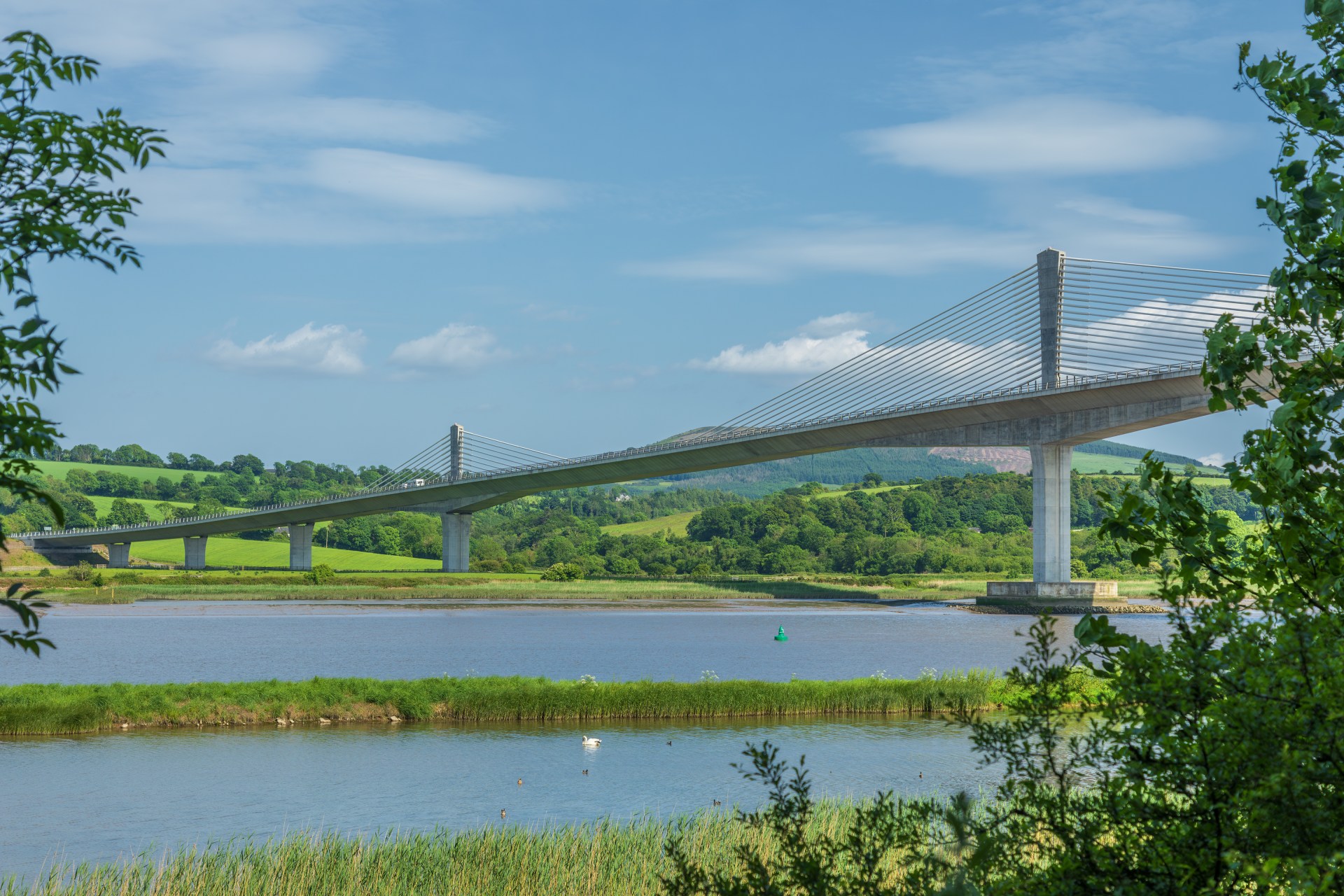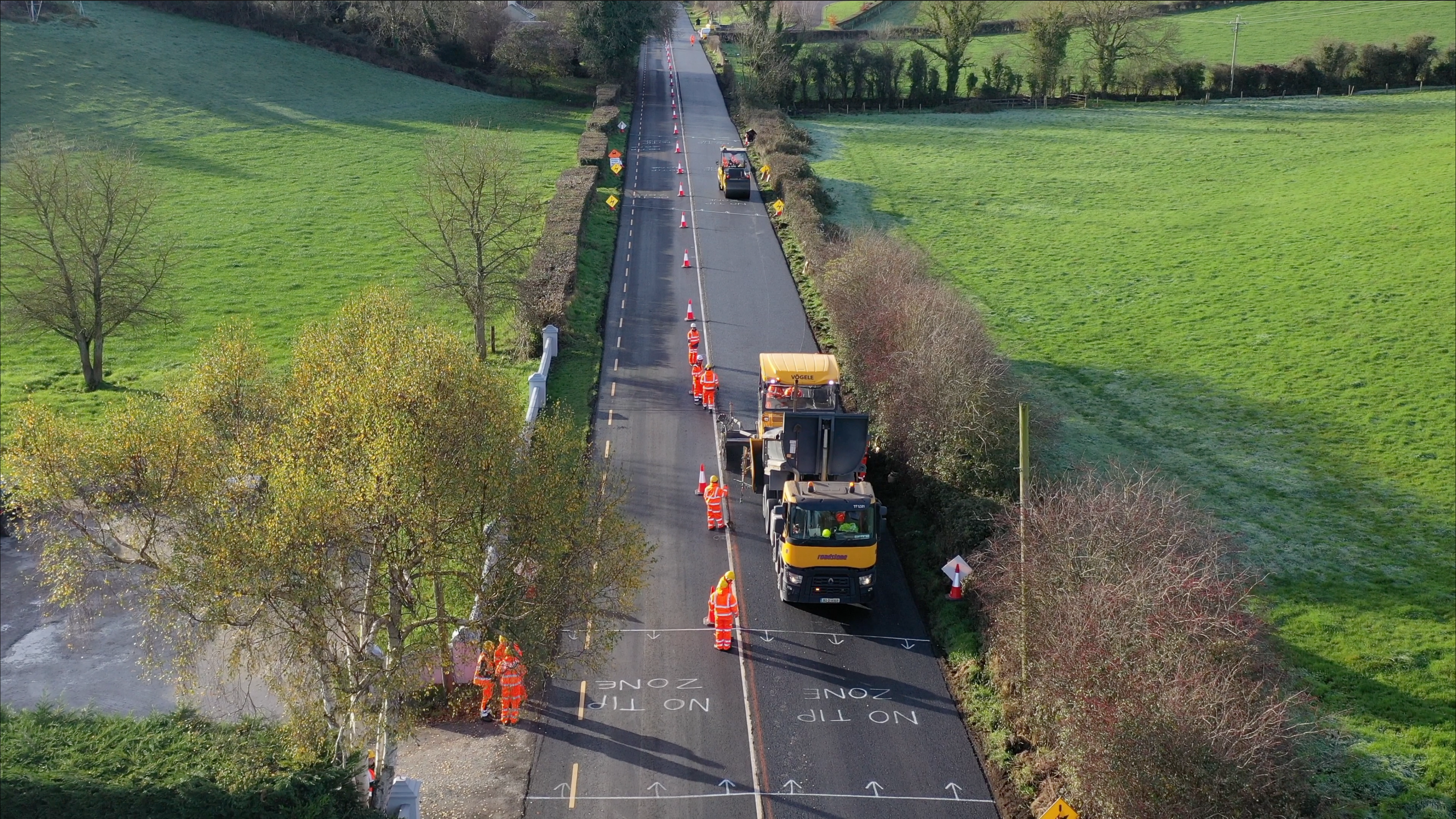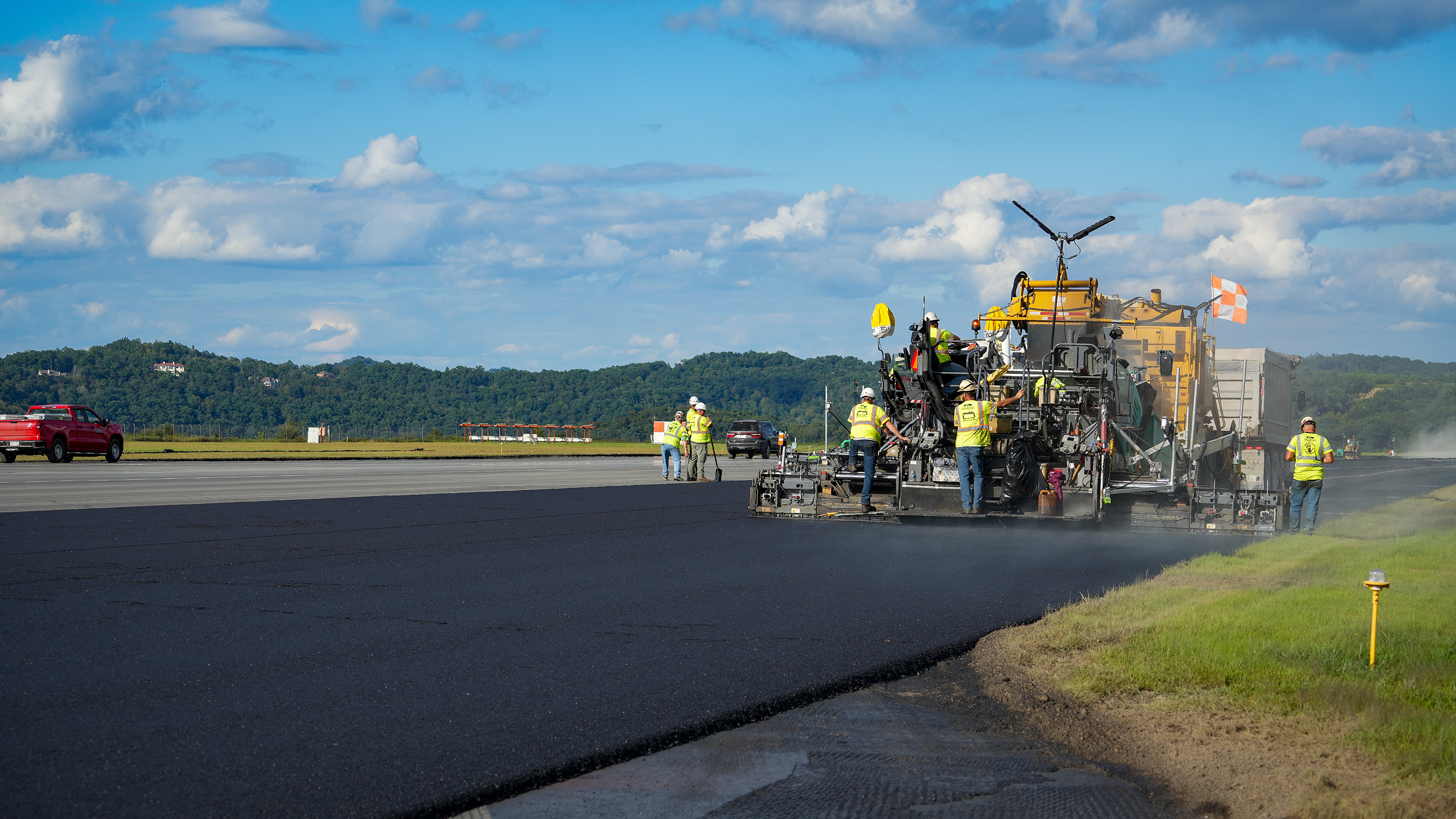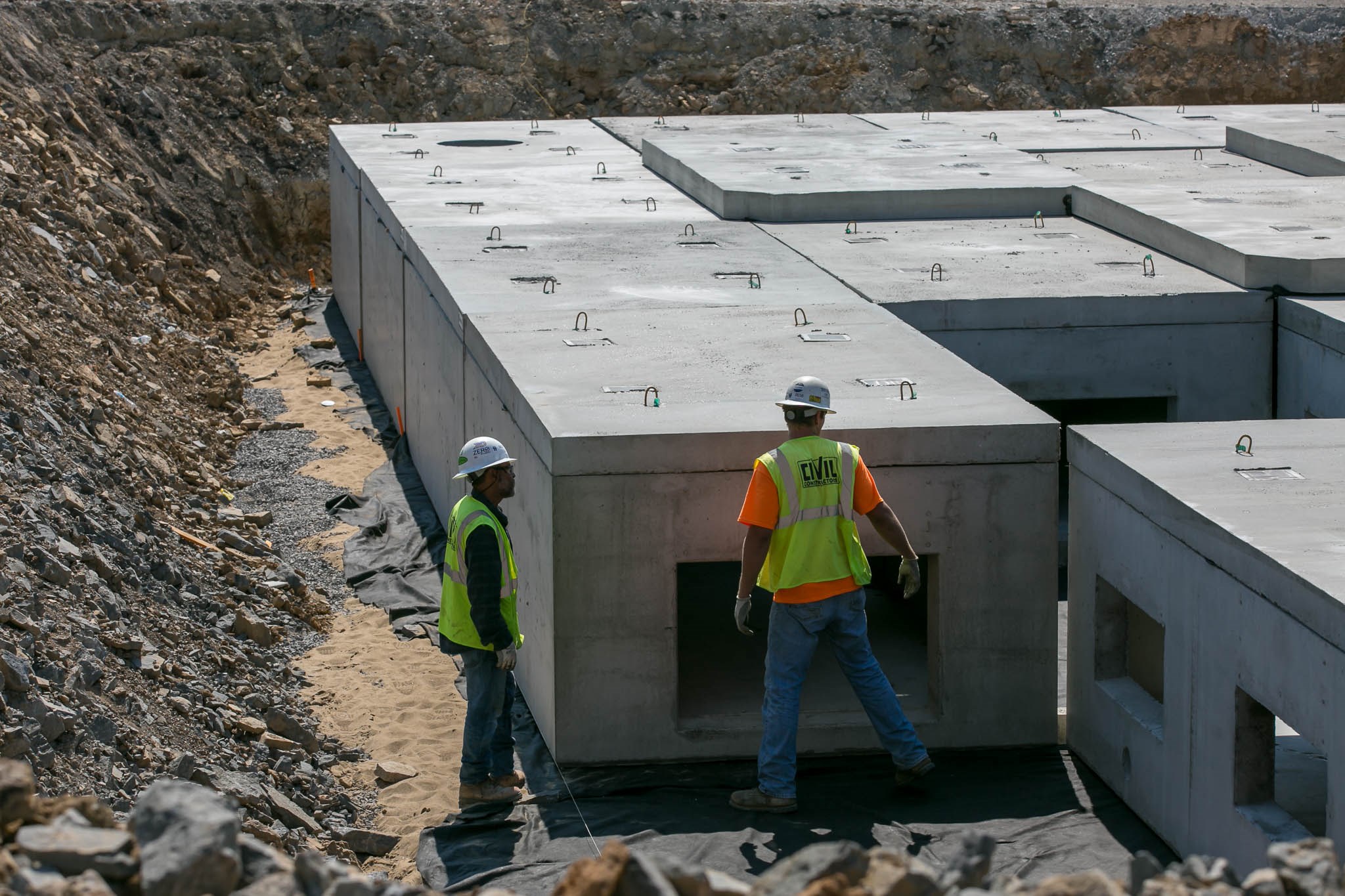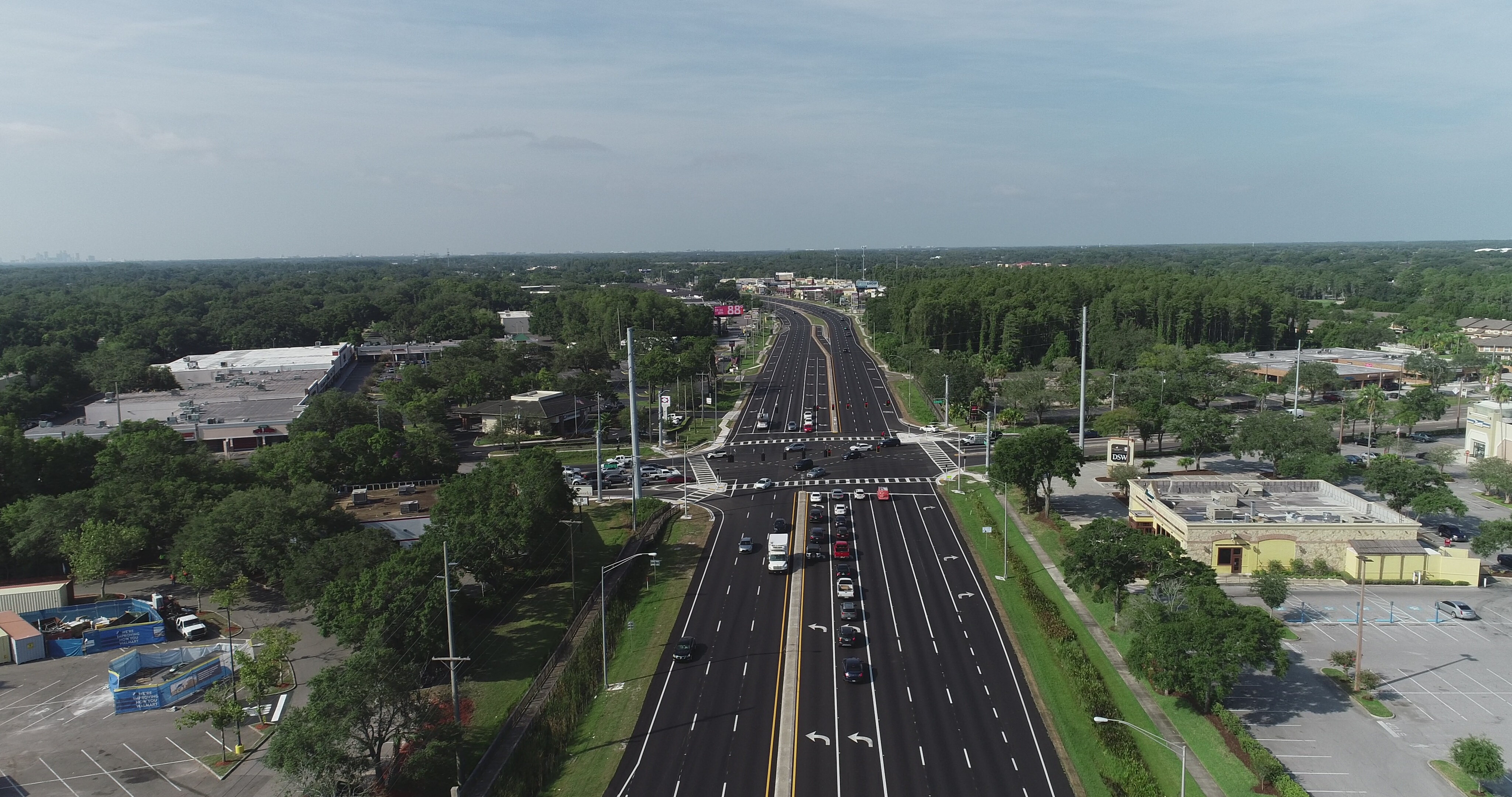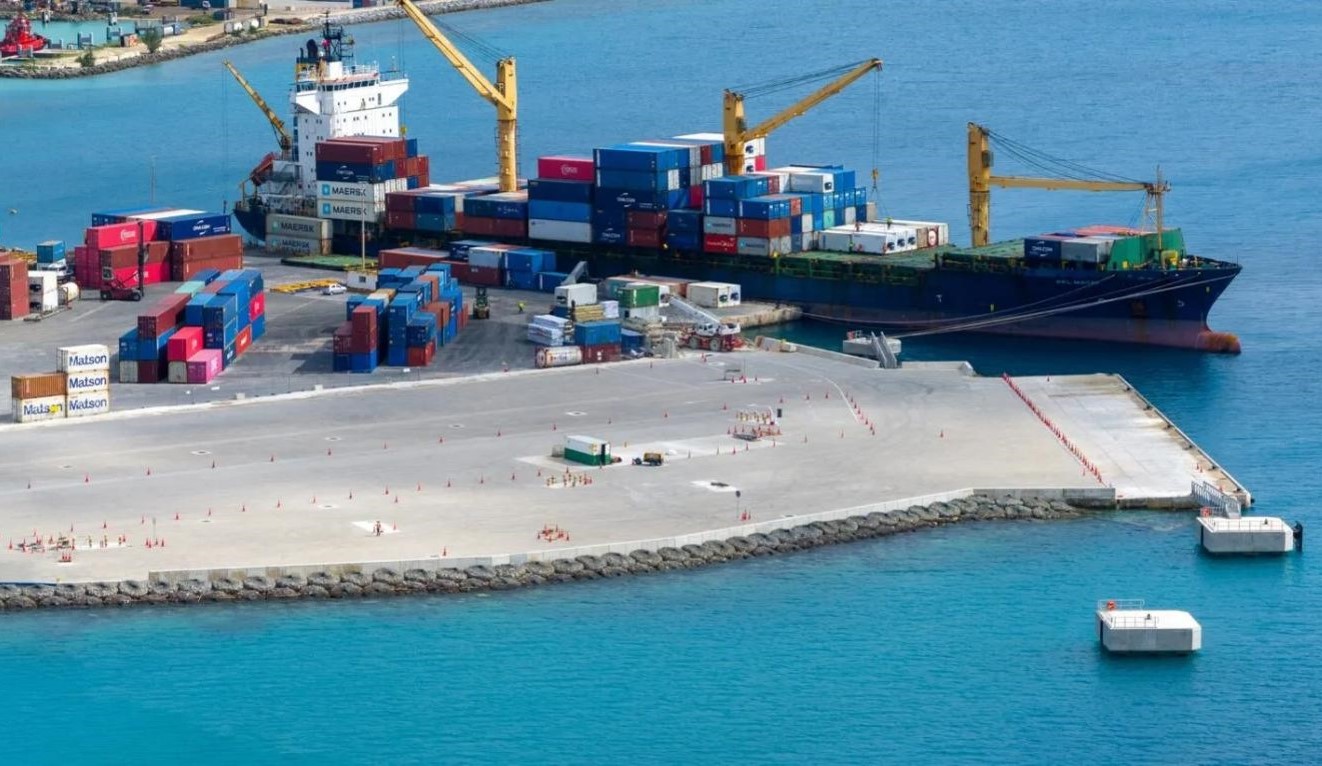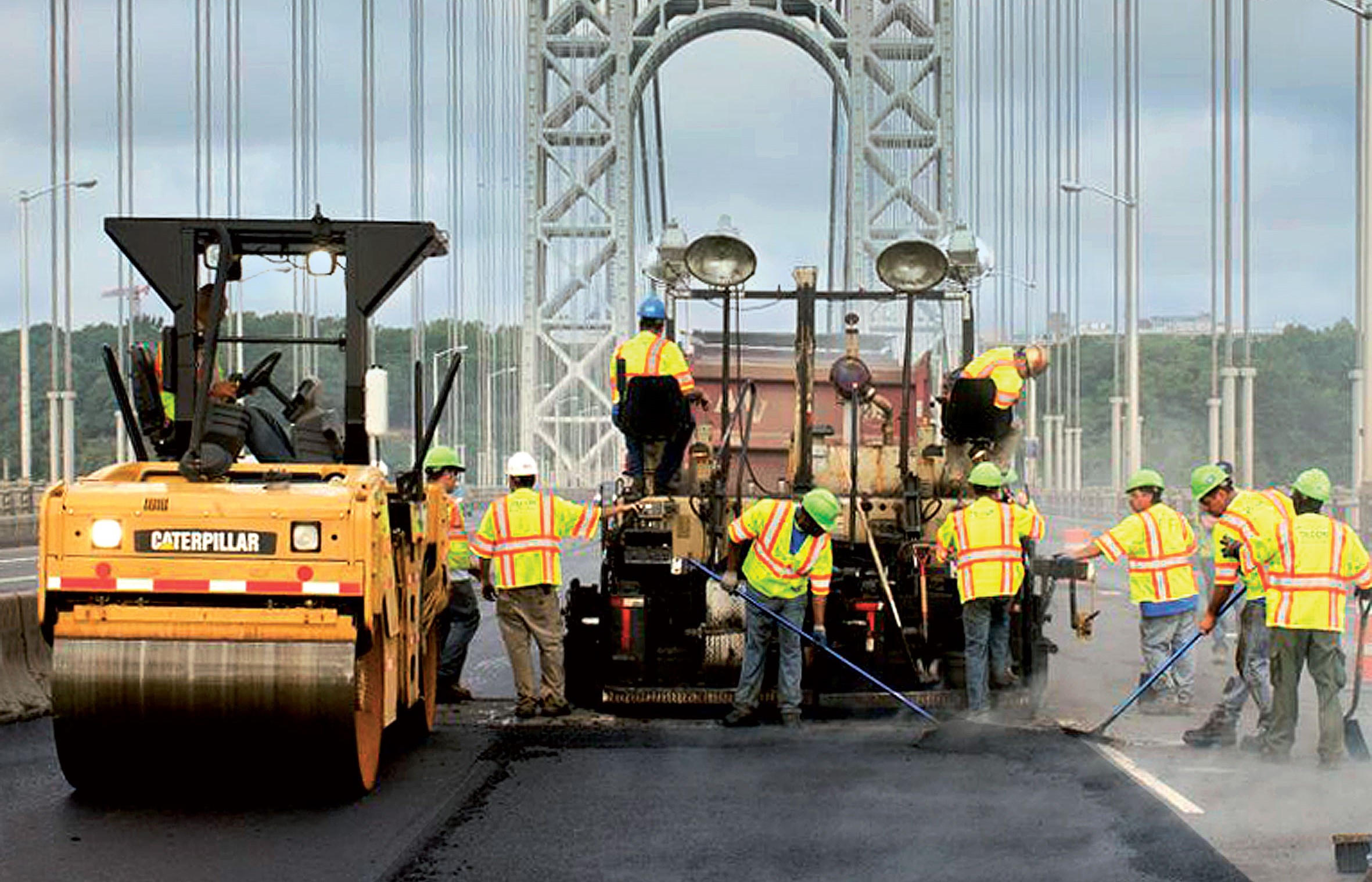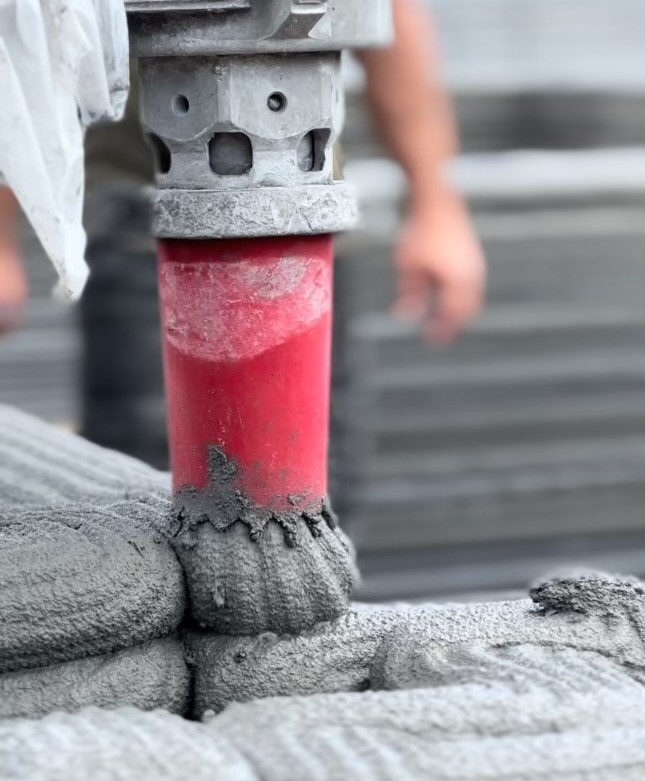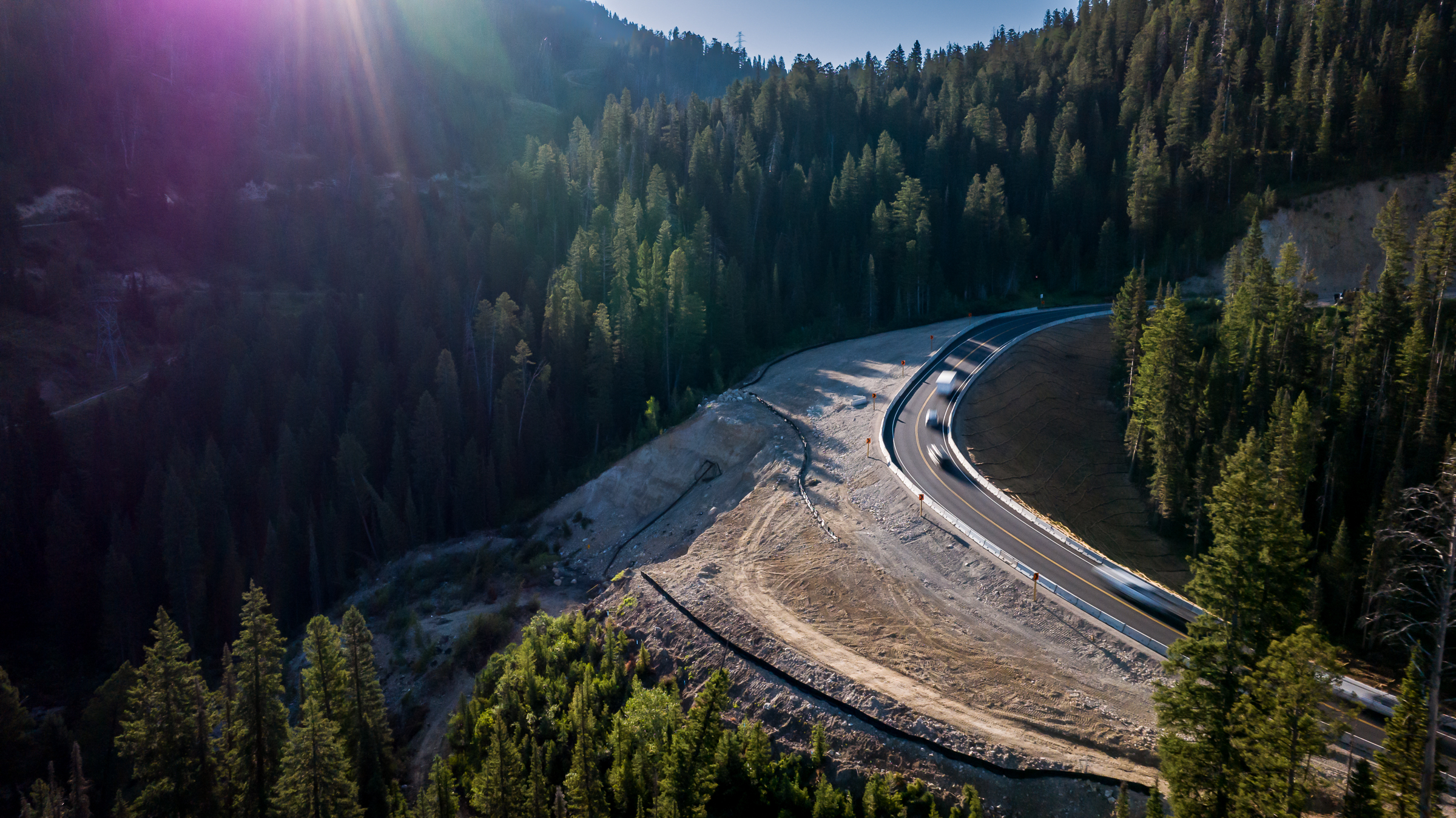Rose Fitzgerald Kennedy Bridge
The Rose Fitzgerald Kennedy Bridge, a three-tower extrados bridge spanning 887 meters, holds the distinction of being the longest of its kind in the world
With an impressive main span extending over 300 meters and featuring characteristically lower tower heights, the design demanded higher-than-average strength concretes to ensure structural integrity. CRH played a critical role in the project, supplying more than 4,000 cubic meters of specialized concrete tailored to meet these unique engineering challenges.
Project Snapshot
Location: Wexford, Ireland
Product Type(s): Aggregates, Cement, Readymixed Concrete
Honoring legacy through landmark engineering in Wexford
The Rose Kennedy Fitzgerald Bridge in the heart of Wexford is not only a marvel of modern engineering but a tribute to the Kennedy family’s enduring legacy. Named after Rose Fitzgerald Kennedy, the bridge seamlessly blends cutting-edge construction techniques with a deep respect for heritage.
Its design and execution reflect the precision of contemporary engineering, while its name and location honor the Kennedy family’s Irish roots. The bridge’s impressive structure, which earned the Outstanding Structure Award from the International Association for Bridge and Structural Engineering, stands as a symbol of the strong ties between Ireland and the United States.
The longest of its type in the world
The Rose Fitzgerald Kennedy Bridge is a three-tower 887m long extrados bridge, the longest of its type in the world.
Extending more than 300m over the River Barrow and with a 36-meter clearance, the bridge is a key link for the surrounding communities and for shipping navigation to the port of New Ross.
Extrados bridges are noted for their lower tower heights when compared with conventional cable-stayed bridges. While aesthetically pleasing, such an approach puts additional demands on the materials that make up the bridge, with higher strength concretes typically required.
A large quantity of high strength concrete mixes required to meet these demands
Through the use of Roadstone’s research and development laboratory in Dublin, a wide range of trials were conducted to assess both the plastic and hardened properties of the specially-formulated concrete mixes. After this, operational trials were conducted to further assess the plastic and hardened properties and their performance in different weather conditions.
Results
In total, CRH supplied more than 4,000m3 of specialized concrete to complete the bridge. Over 90% of the materials used were produced locally, with the aggregates sourced from Roadstone’s Kilmacow quarry in south Kilkenny and cements sourced from Irish Cement’s Platin facility.
This engineering feat enhances local infrastructure and connectivity, all while celebrating the shared history and cultural heritage that bind these two nations.
